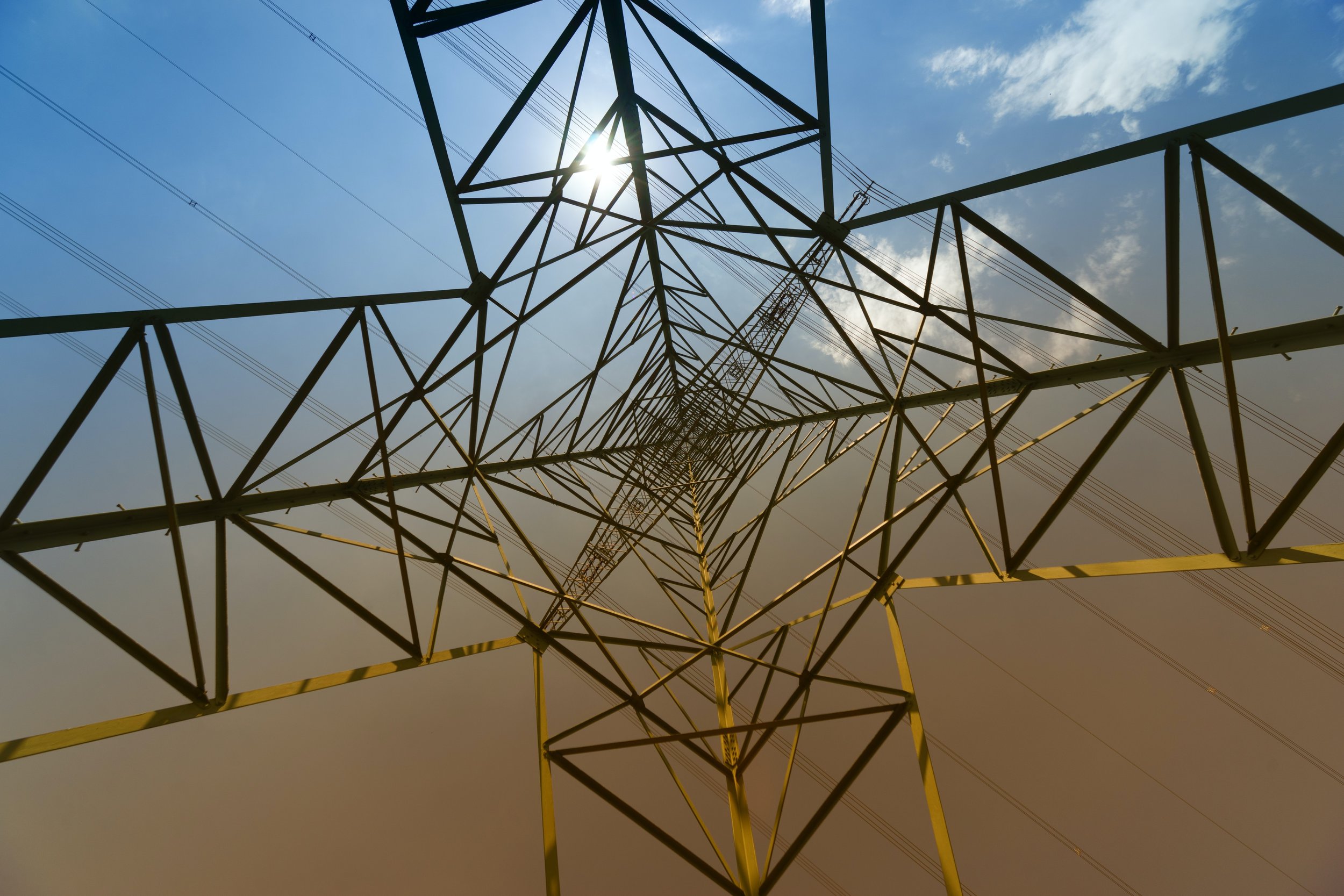
Electric Power
Electric Power Solutions
-
The most common, visible solution for roofs in good condition with proper siting, rooftop solar can be owned by the homeowner or landlord, or by a power provider who sells the customer what they use at a discounted rate.
-
Solar farms large enough to supply a town, workplace, house of worship or school system can be built by private developers and brought online to serve subscribers at a fixed or variable rate, usually less than electricity from the grid.
-
A major element in New York’s renewable energy supply planning, offshore wind from as near as Long Island Sound will contribute to the Lower Hudson Valley’s renewable future.
-
The Hudson Valley has few locations for land-based wind installations at larger than a single property scale, but some community solar providers purchase power from land-based wind facilities in central New York.
-
Hydroelectric power is a major resource for New York, but the environmental impacts of large dams include damage to fish habitats; and when rivers are dammed, decaying biomass is a source of greenhouse gases that can undercut the environmental value of the energy. While the region pursues opportunities to remove dams, there are opportunities for power generation using small turbines in already disturbed waters such as the effluents of wastewater treatment plants, and new technologies designed for low impact.
-
Because renewable energy is intermittent, energy storage is essential to free the system from dependence on backup sources that may be fossil or nuclear. While the CLCPA set a conservative goal for 3 gW of storage by 2030, this commitment has already been increased to 6 gW through new policymaking. Batteries, flywheels, pumped storage and other technologies are fast evolving, and New York has made storage a centerpiece of the cleantech economy through investment in the NY Battery Energy Storage Technology Consortium (NY-BEST).
Regional Strategy
The shift to renewable generation of electricity is happening, but not fast enough. New York is working on 10 Gw of renewable energy by 2030. 6 GW are in the pipeline, with willing site owners and developers. But many are held up by problems and costs in their connection to the electric grid. Utilities are required to plan for upgrading the grid, but not to coordinate that planning with communities. This is an enormous missed opportunity.
Local governments should proactively plan the best sites for medium- to large-scale renewable energy installations and build public support, making sure that local zoning supports mixed land use approaches such as agrivoltaics and straightforward permitting for solar installations. The Climate Smart and Clean Energy Communities programs should be used to incentivize these actions through direct financial rewards, and also as a hub for communities to learn from each other on how to accomplish the priority actions.
Utilities should make their planning for upgrades to the distribution grid and transmission systems as transparent as possible, ideally creating an active process for prioritizing grid upgrades in those communities with ready-to-go sites that have permits and political support.
Environmental organizations should monitor the developments in renewable energy technologies and their changing environmental impacts, to actively promote workable solutions – including land impacts of large-scale solar, and acceptable conditions for low-impact hydropower.
This coalition will facilitate an action research effort with Central Hudson Gas and Electric, which has agreed to participate, aiming to create a replicable model for other utilities.
This coalition will facilitate a series of discussions with environmental organizations, with the support of the Hudson River Environmnental Society, to establish a common understanding of environmentally sustainable conditions for sustainable power generation and transportation.
Who Cares? A Partial List of Stakeholders:
Communities for Local Power
https://www.communitiesforlocalpower.org
Energy Improvement Corporation
Joint Utilities of New York
https://www.jointutilitiesofny.org
Joule Community Power
https://www.joulecommunitypower.com
Mid-Hudson Energy Transition
New York Green Bank
New Yorkers for Clean Power
NYS Build Ready Program
https://www.nyserda.ny.gov/All-Programs/Build-Ready-Program
NYS Clean Energy Communities
https://www.nyserda.ny.gov/All-Programs/clean-energy-communities
NYS Climate Smart Communities
Microhydro NY
NY Solar Energy Industries Association
NY Power Authority Evolve-NY fast charger Program
New York State Energy Research and Development Authority
Northeast Sustainable Energy Association
Northeast Energy Efficiency Partnership





